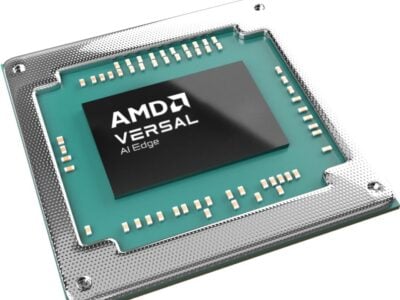
Commercial fuel cell car roll-out imminent, Daimler hints
The Mercedes-Benz GLC F-Cell, which Daimler will be presenting to the public at the IAA, is an all-electric car, with the electric power to drive the motors is generated by a hydrogen fuel cell. The fuel cell is complemented by the capability to charge the battery from a household receptacle or commercial charging station. Thus, the vehicle has an overall driving range is comparable to a similar car with conventional combustion engine – more than 400 kilometers, a company spokesperson said.
Daimler does not give much information about the further technical details of the car, but the car manufacturer goes all the more into detail with regard to the development process and readiness for series production. This suggests that the GLC F-Cell will indeed go into series production soon.
According to the vehicle manufacturer, the car has already passed more than 500 individual tests, including all the standard tests that all vehicles have undergone, as well as special test series to put the electric drive components through their paces. The development engineers paid particular attention to the safety of the hydrogen-carrying parts such as tanks, pipes, seals and valves.
The hydrogen tanks are installed in the impact protected area between the vehicle axles and receive additional protection by a subframe around the tanks. In the event of a crash, further extensive measures were implemented, such as a multi-stage valve system and special electrical protection circuits to protect the high-voltage network. Crash tests carried out with the GLC F-CELL pre-series model and earlier hydrogen-powered vehicles show that the safety level is comparable to that of conventional vehicles.
The development of the fuel cell drive system began in the 1980s. Daimler researchers were the first to deal with “cold combustion” – the generation of electricity by the reaction of hydrogen with oxygen in a fuel cell. In 1994, the company introduced the world’s first fuel cell vehicle – the NECAR 1. Further vehicles will follow, up to the A-Class F-CELL test fleet (2003). The city bus Citaro FuelCELL Hybrid has travelled more than 5 million kilometres on scheduled services since 2003. In total, the carmaker says ha has gathered experience with fuel cell-based powertrains through more than 18 million kilometers of test drives.
The F-CELL World Drive, the first round the world tour with fuel cell vehicles, attracted particular attention in 2011. Three B-Class F-CELL vehicles covered around 30,000 kilometres in 125 days in 14 countries. A total of 200 vehicles were built, they completed over 10 million kilometres in the hands of customers and were refuelled 36,000 times during this time.
The F 015 Luxury in Motion study, which already had such a system designed for 1,100 kilometres of emission-free travel, already indicated the technological leap towards the F-CELL plug-in hybrid drive system in 2015. All the more surprising was the statement by Daimler CEO Dieter Zetsche in an interview earlier this year that the fuel cell is currently not a priority for the vehicle manufacturer and that the development of battery-powered vehicles has a greater urgency.
Now, the priorities seem to have been readjusted again. After a total of more than 18 million kilometers across all vehicles, from the NECAR to the GLC-based electric vehicle with fuel cells, Daimler and Mercedes-Benz developers know what is important: “The drive concept has proven its marketability”, the manufacturer says.
Related articles:
US, Europe catching up in global e-car market
Toyota on path to battery breakthrough for EVs
Hydrogen Alliance launched to foster fuel cell drives
GM, Honda set up fuel cell manufacturing JV
 If you enjoyed this article, you will like the following ones: don't miss them by subscribing to :
eeNews on Google News
If you enjoyed this article, you will like the following ones: don't miss them by subscribing to :
eeNews on Google News



